About Ebykr
Ebykr celebrates classic and vintage lightweight bicycles through provoking imagery and opinion. Let's roll together!
About Ebykr
Ebykr celebrates classic and vintage lightweight bicycles through provoking imagery and opinion. Let's roll together!
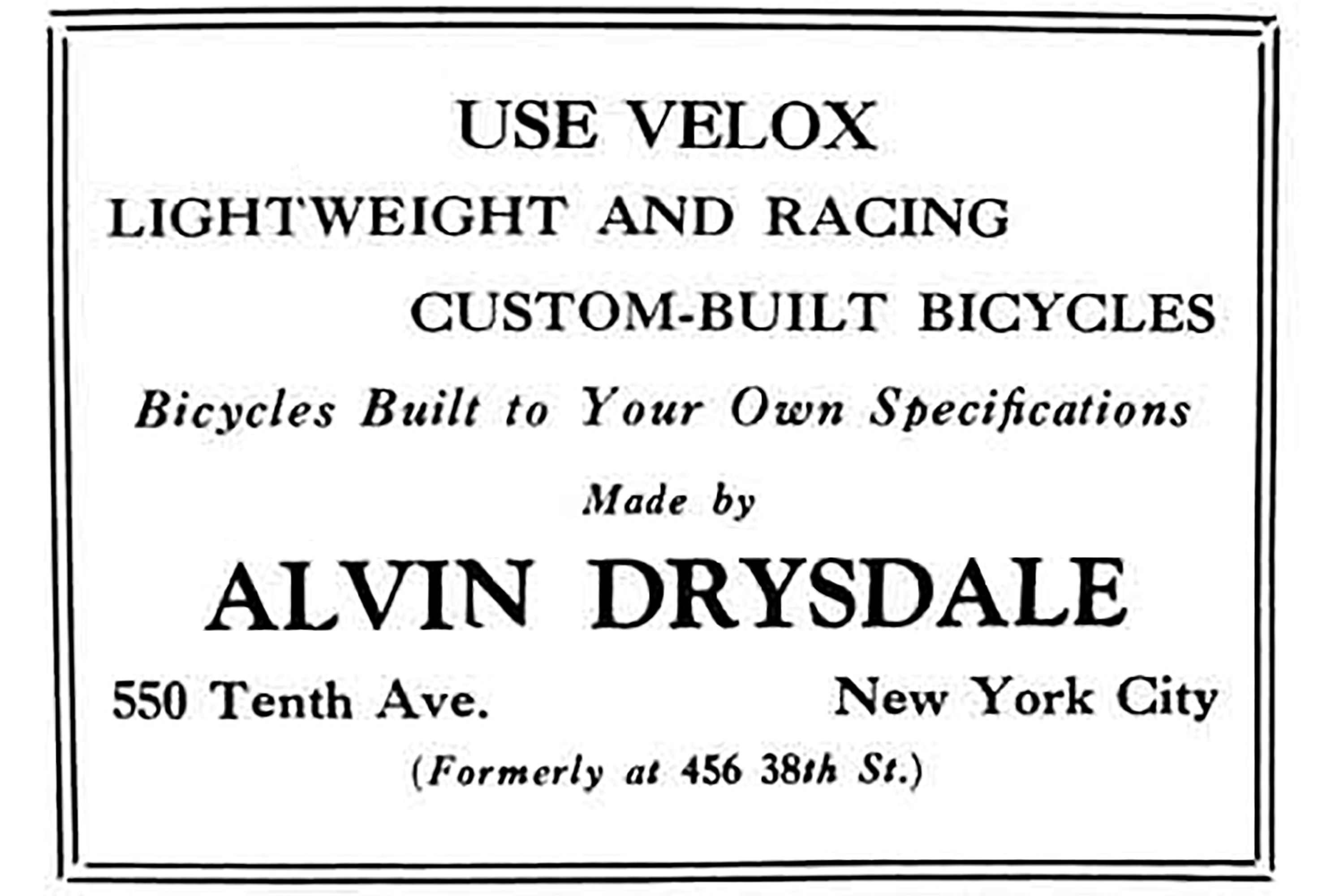

Some people pass through life leaving little trace of themselves, though their work may be significant. In Judaism, there is the legend of the lamed vov, the thirty-six good souls whose mere existence is enough to justify to God the continuation of the world.
These are simple persons who are compassionate in the Buddhist sense, feeling the pain of life along with the others around them, and who live a fully righteous life. They might be rich or poor, great or humble, man or woman, but — as the Chasidic rabbi Abbaye explained — the existence of thirty-six such persons is enough to deter God from ending his experiment with humanity.
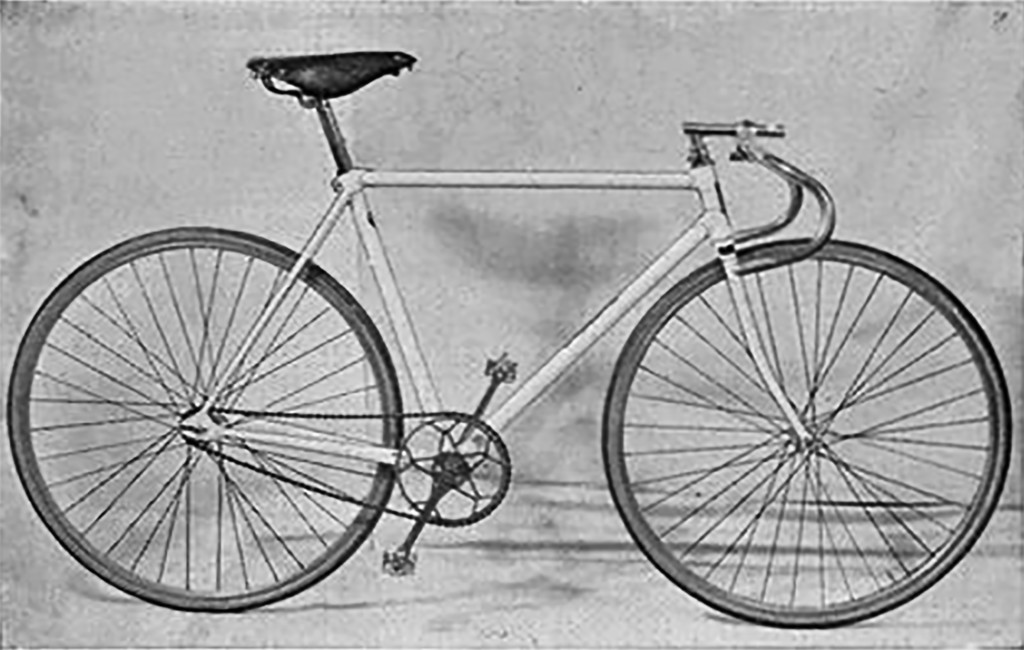
The lamed vovniks have one other essential characteristic: they do not know they are lamed vovniks. They live and feel the way they do out of innate goodness, not out of any sense of mission. Those who consciously believe they may be one of the thirty-six are not.
We all know that bicycles can save the world because of their social utility and environmental gentleness. Perhaps a humble artisan who built mostly track bikes has also played a part in saving the world, just a bit less directly.
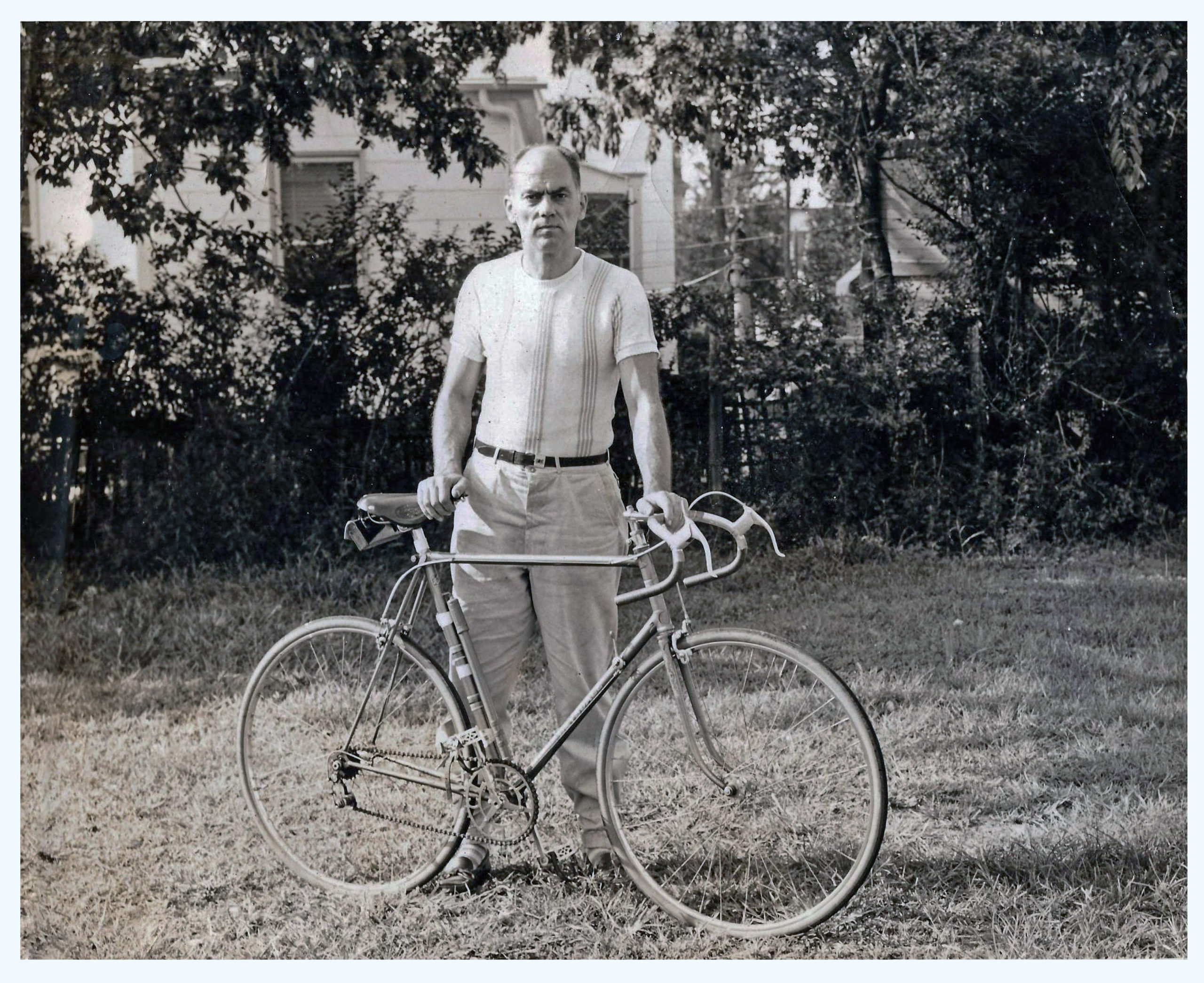
This may explain the profound obscurity surrounding the life of Alvin Drysdale the man, about whom almost nothing may be found among the vast reaches of the Internet — while photos and descriptions of his bikes pop up everywhere an algorithm can invade.
The few assertions we can be relatively sure of: Drysdale began building bikes in the late 1920s, possibly as late as the early ’30s. He sold bicycles under his own name — for example, the “Drysdale Special” — and under other trade names such as Alvin, Velox, and Red Devil. These latter bicycles were often sold through third parties such as Otto C. Ling Company and Jonas B. Oglaend, Inc.
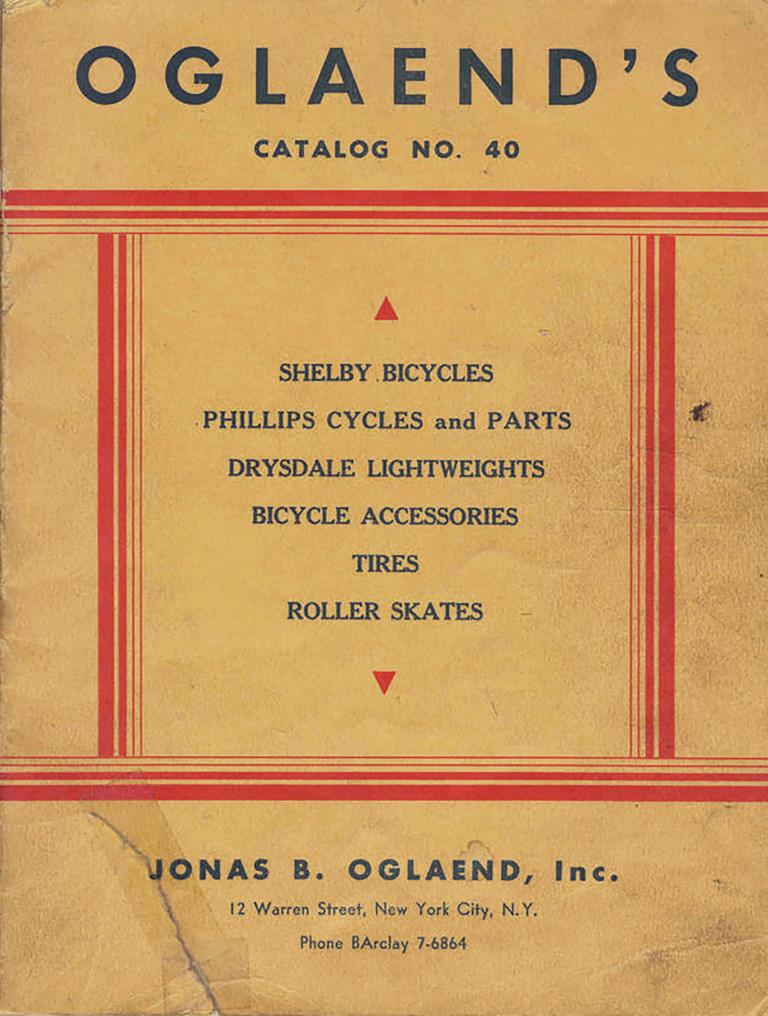
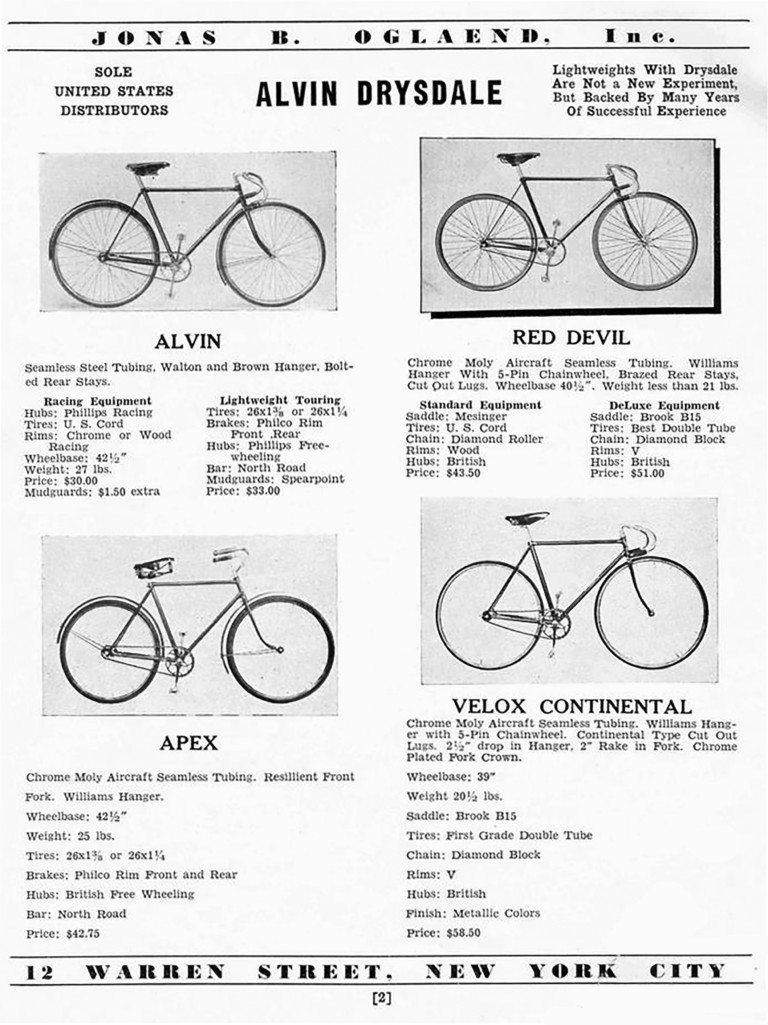
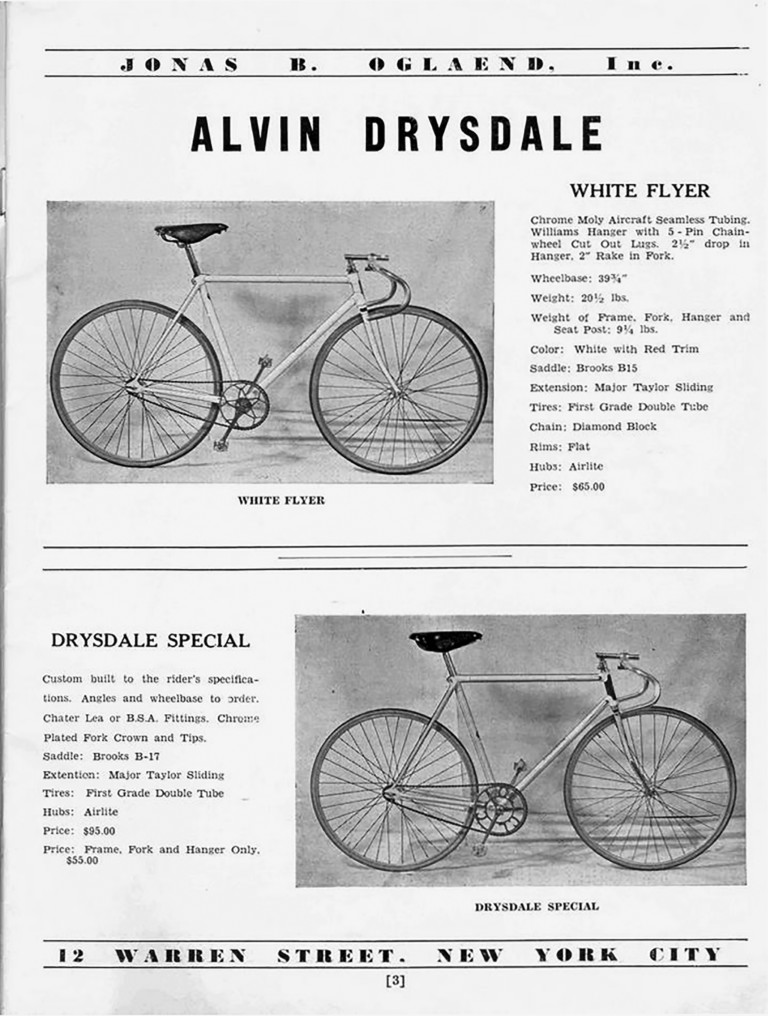
Drysdale concentrated on building track bikes, but also, especially in his later years, built road bikes. He worked through the 1950s, and probably lived until the 1970s, retiring to Bradley Beach, New Jersey, according to a 1976 letter to Bicycling Magazine.
Alvin Drysdale’s peak seems to have been the late 1930s, at which time he was placing ads in magazines and moving his workshop to roomier quarters. One such ad, first published in the May 1936 issue of The Cyclist magazine and also reproduced in the bikecult.com archives, simply states:
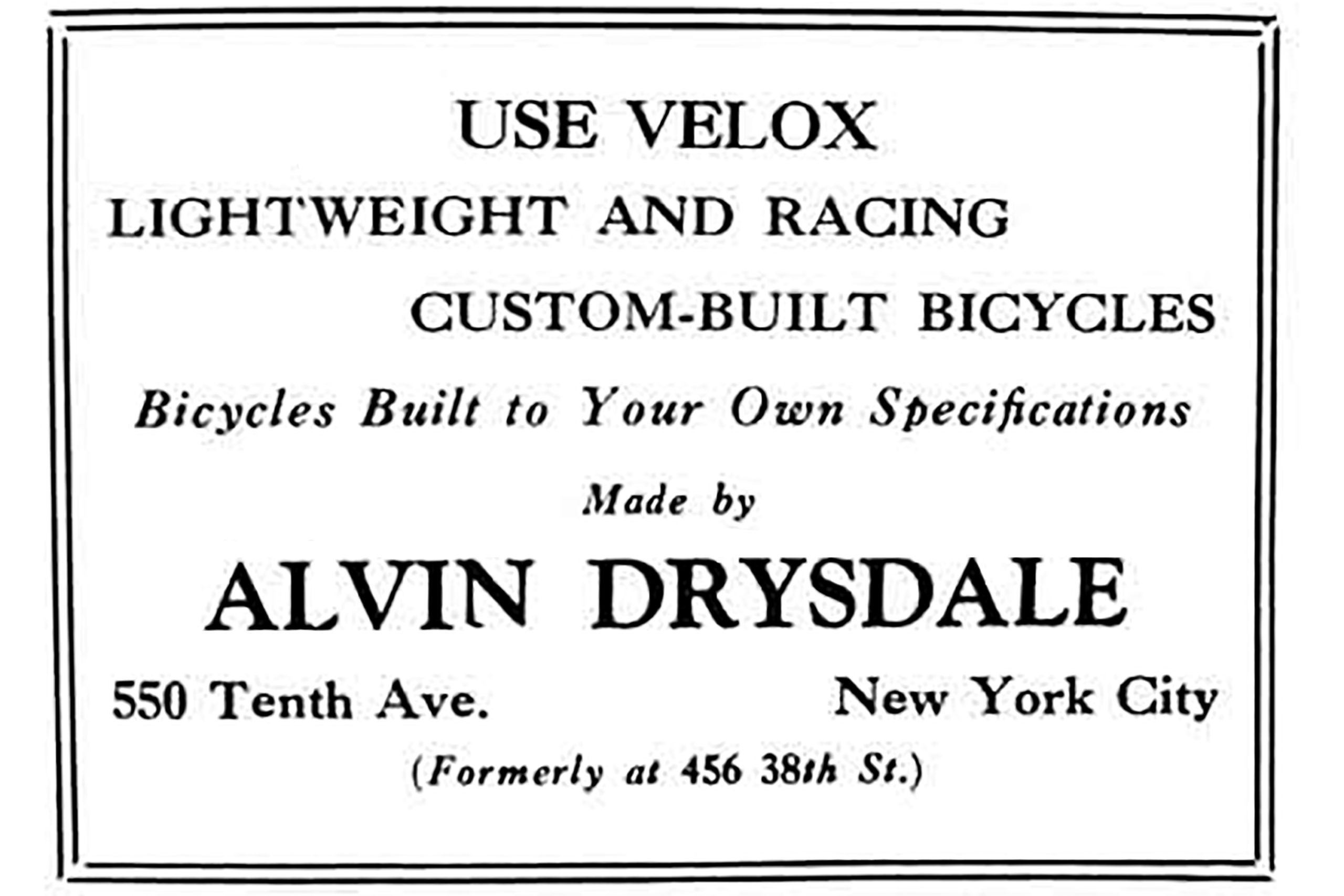
Another ad, placed in the same year by Drysdale distributor Oglaend, states:
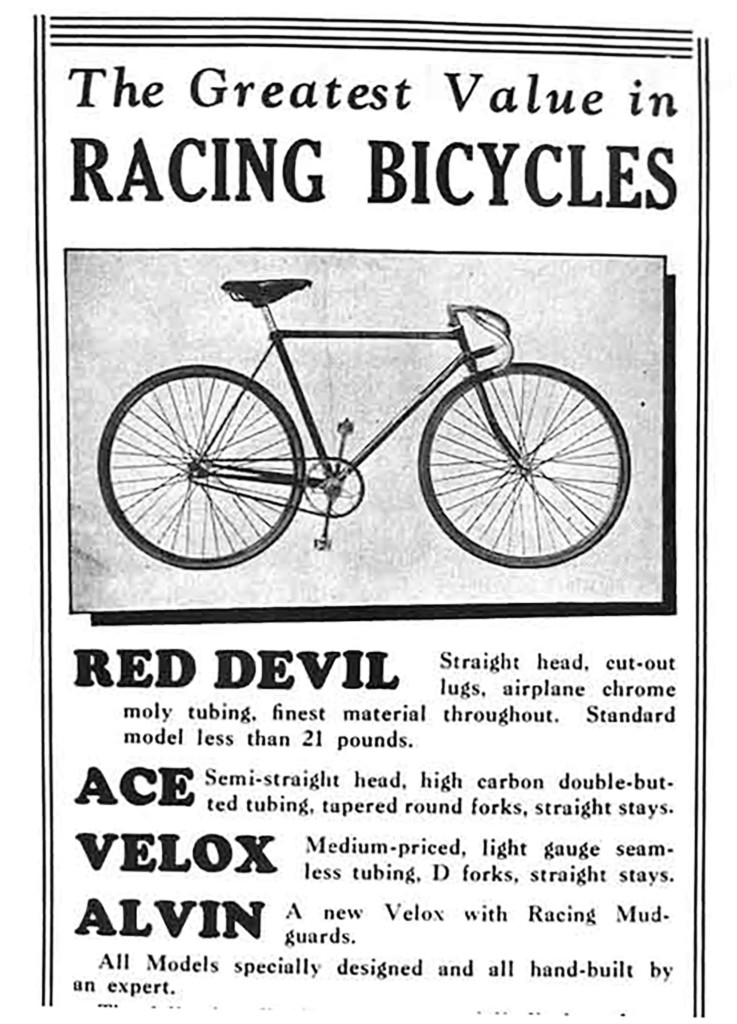
The specifications for the various Drysdale models presented are interesting:
Red Devil Straight head, cut-out lugs, airplane chrome-moly tubing, finest material throughout. Standard model less than 21 pounds. Ace Semi-straigh head, high-carbon double-butted tubing, tapered round forks, straight stays. Velox Medium-priced, light-gauge seamless tubing, D forks, straight stays. Alvin A new Velox with racing mudguards.
The bicycles lived up to their billing. Charles Siple, father of Adventure Cycling‘s Greg Siple, is quoted by Kevin Condit in an article on the organization’s website:
In D.C. I found a bicycle shop on Ninth Avenue and in the window, suspended from wires was a wonderful bicycle, Charles remembered, I went in, asked the price and made up my mind to have it.
It was a Drysdale Red Devil. The famed John Forester, author of Effective Cycling, bought a Drysdale as his “first good frame.” And Joe Bender-Zanoni, in a posting on Classic Rendezvous, remarks:
At the peak Drysdale had a factory that built quantities of high quality racers. There were different price points. All the bikes I have seen from this era have Reynolds and maybe Accles and Pollack Tubing and Brampton lugs.
I have seen a picture of a Drysdale dealer in upstate NY with at least 15 bikes parked outside the shop. Red is the predominant color. The production bikes were called Velox Red Devils and the original factory was in the lower part of NYC, which then moved to Long Island, maybe Queens.
I believe Drysdale also built custom 6 day bikes, aside from the production bikes, that looked totally different from the Velox bikes. I own one of those… Post WWII I have only seen handmade road bikes and they are very nice.
Alvin Drysdale was evidently a very busy builder in the 1930s, focusing on track and six-day bikes. The implications are strong that he may have been able to employ assistants, though I have seen no direct reference to that. Certainly he was building bicycles in large quantities.
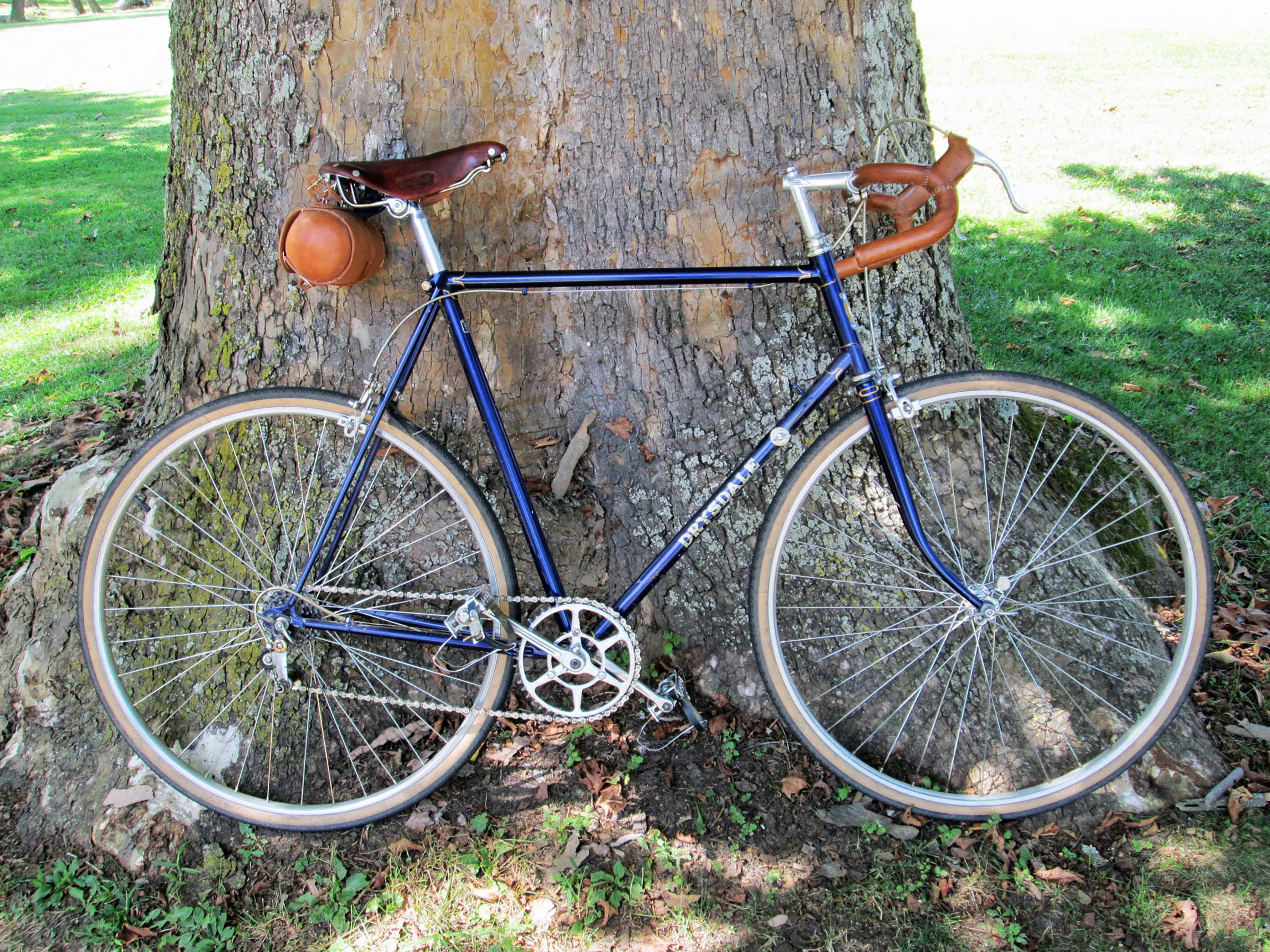
Mike Fraysee, in an interview by John Campo at nyvelocity.com, mentions riding in a track program in New York as a youngster. The program employed 200 track bikes that were “made in New York by a custom builder named Alvin Drysdale who had a shop on Canal Street.” A single builder would be hard-pressed to build 200 frames in a year.
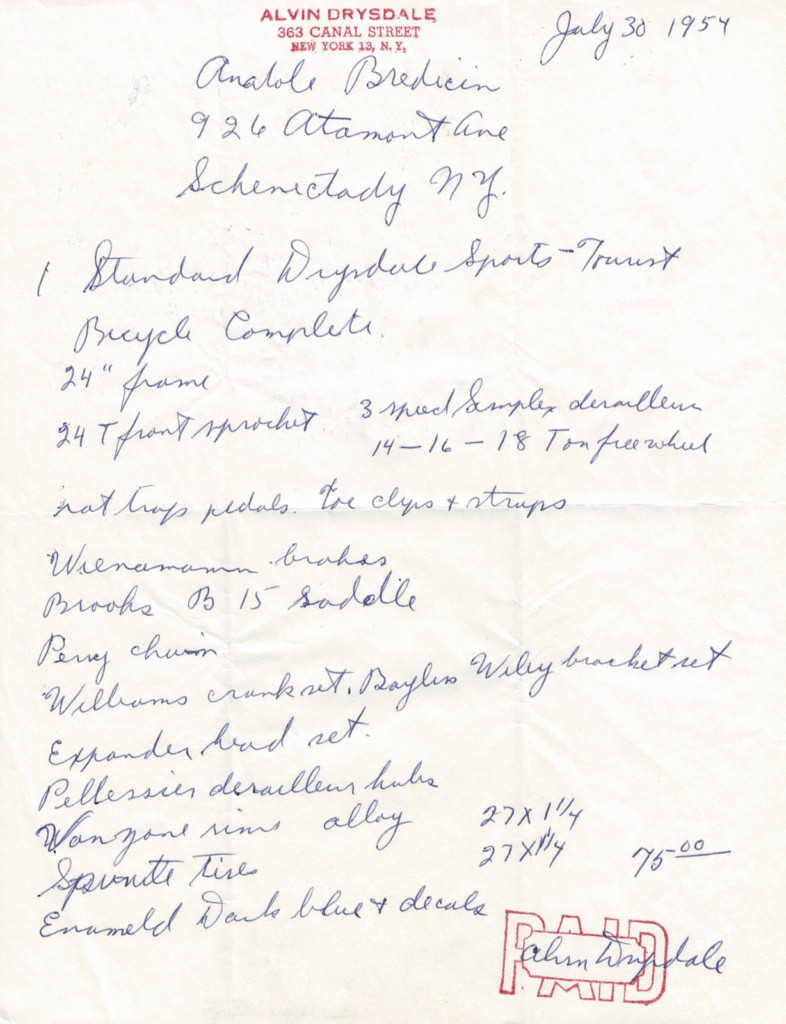
However, a 1997 statement by Russell Howe tends to support the idea of Drysdale as an artisanal builder. Howe says, “Prior to Eisentraut, the last full-time custom builder may have been Alvin Drysdale in NYC. Drysdale built frames for the six-day riders in the 1920s and 30s. He finally closed his business some time in the 1950s.”
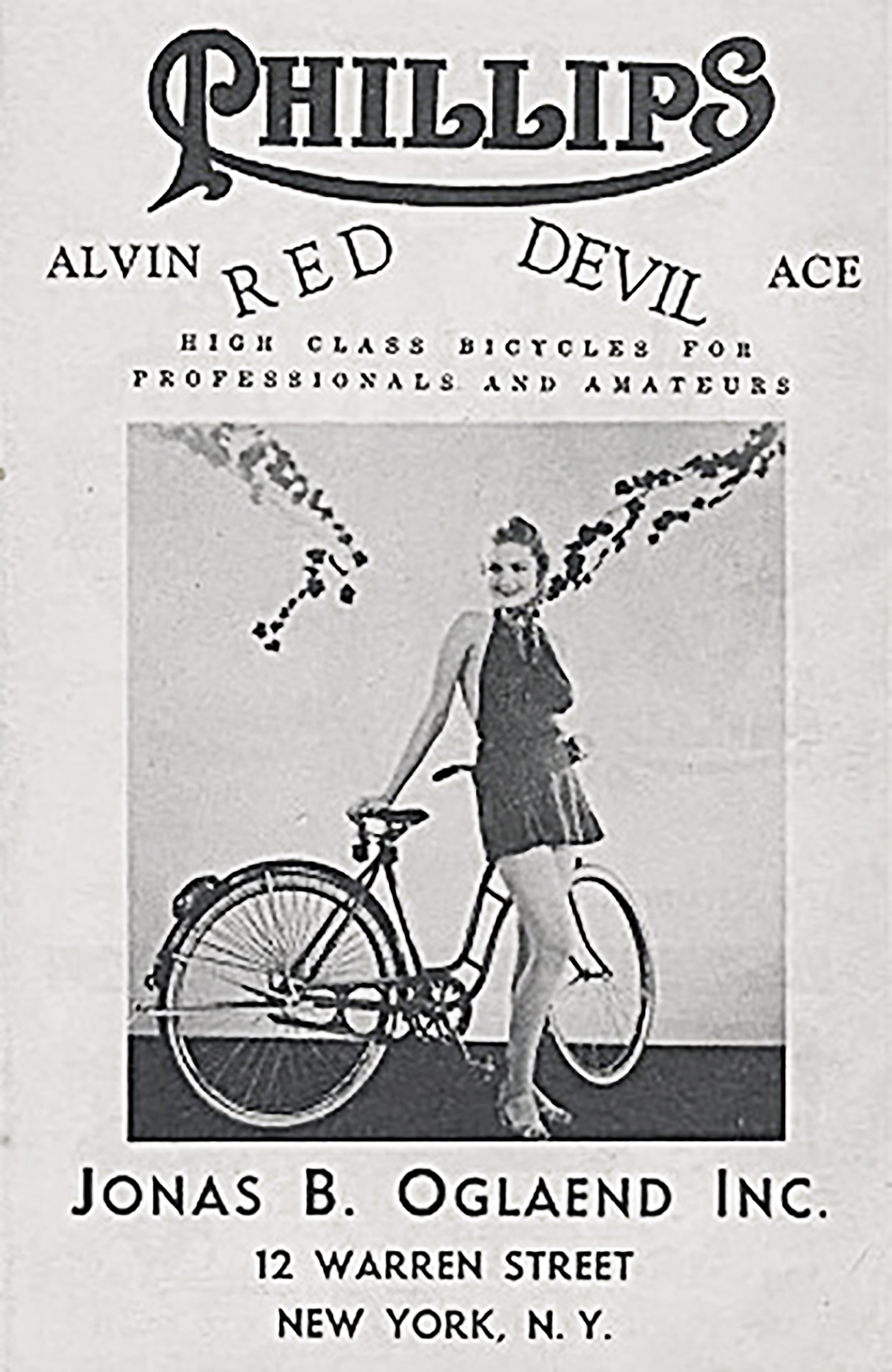
It was about this time that not only Drysdale’s business, but the US bicycle industry as a whole, fell into a deep decline. The GI Bill, the spread of separation-of-uses zoning, the dispersal of much of the U.S. population into auto-dependent suburbs (aggressively promoted and subsidized by the FHMA), and the growth of the automobile cult, along with the decline of track racing generally and the disappearance of the six-day races (always a quintessentially urban phenomenon in the US), must have led to a decline of fortunes for the now-aging Drysdale.
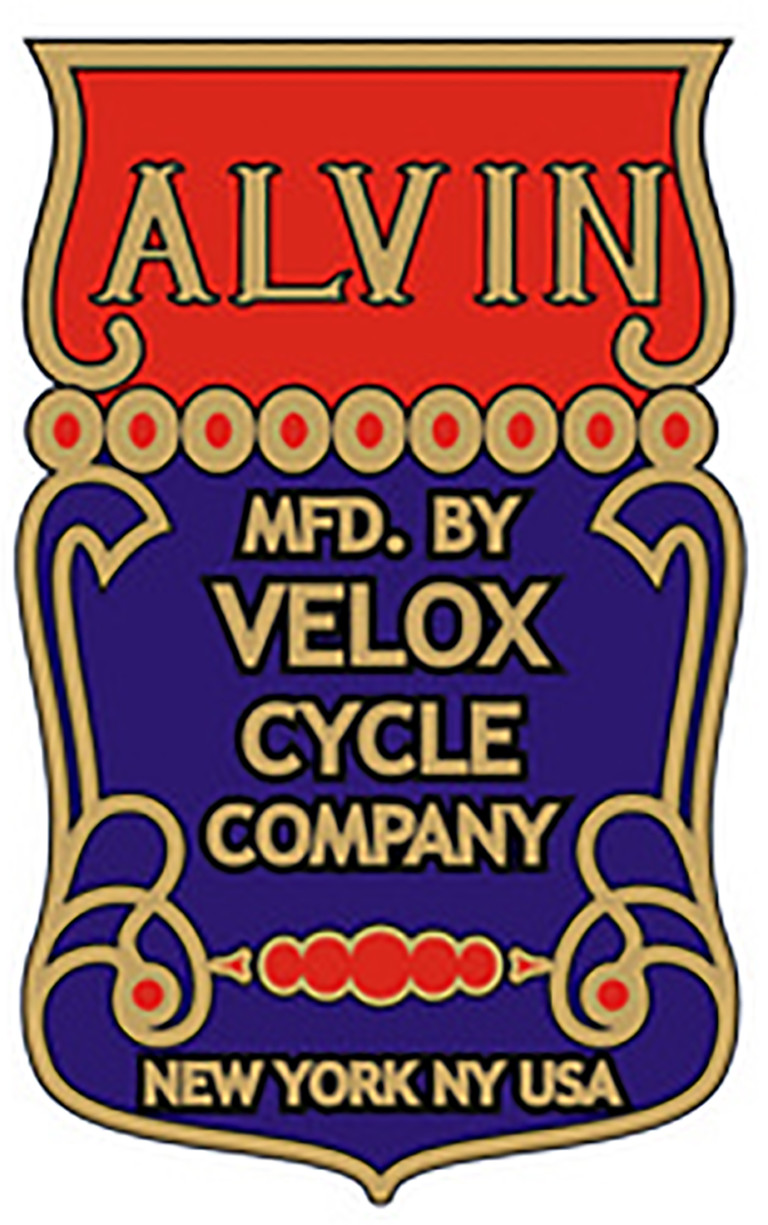
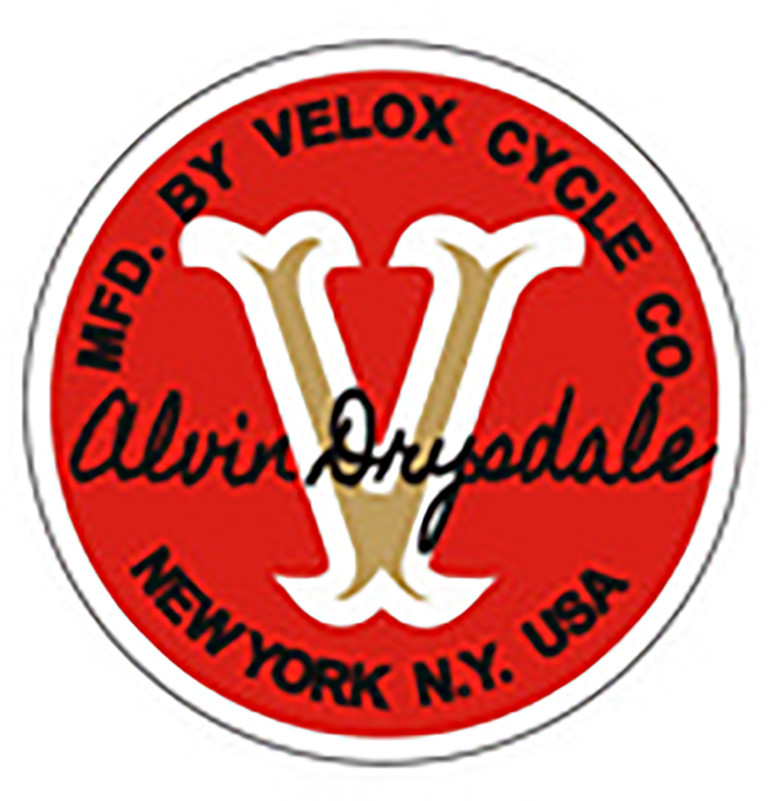
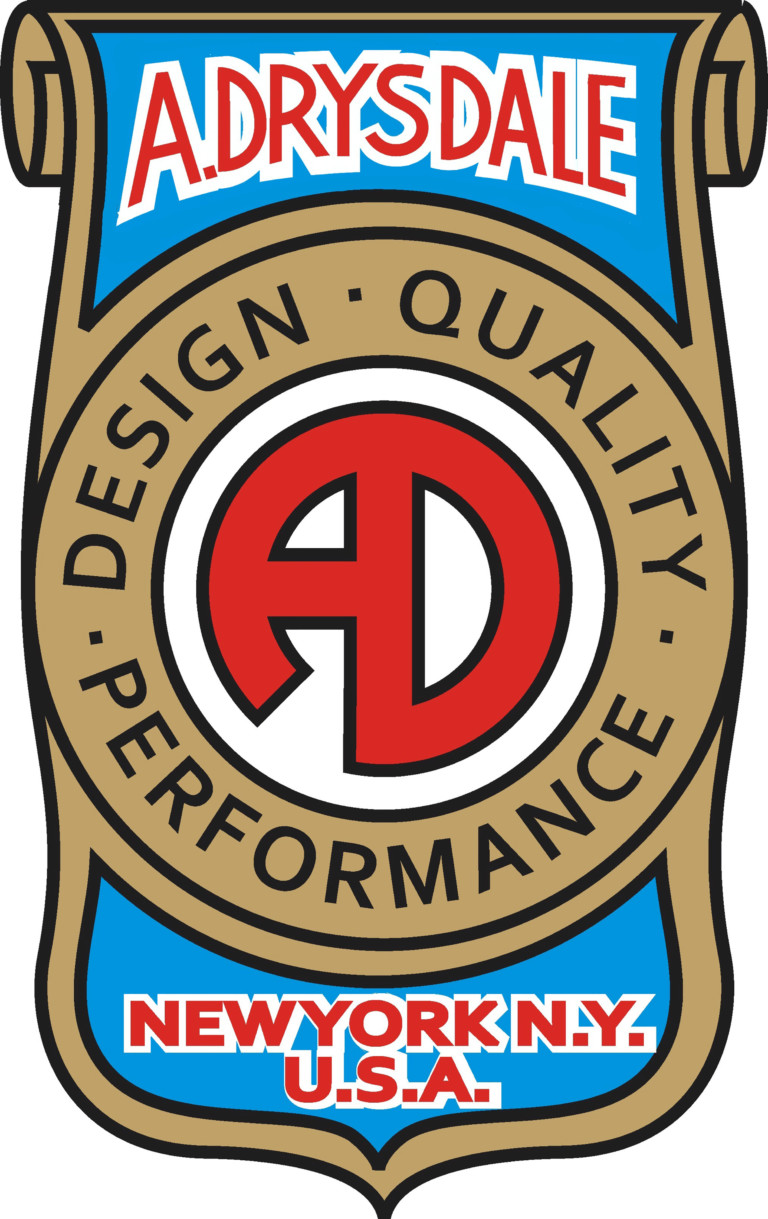
John Forester visited Drysdale in New York around this time, and his report is heartbreaking:
During my time on the East Coast, I went to see Alvin Drysdale, the well-reputed builder of my first good frame. He lived and worked in lower Manhattan, near the women’s jail and Edison’s first electrical generating station. It was an old-fashioned brick industrial building with dirt floors, and Alvin slept in a cubbyhole in the back of his shop. He was obviously somewhat ill and very poor, living in squalor, with almost no business and not long to live. Symptomatic of the American bicycle business, he was.
There is little else said about the man, at least on the Internet, with its riches of bicycle lore of every conceivable sort. People remember the reputation, the dedication, the craft — but no one recalls whether Drysdale even married or had children.
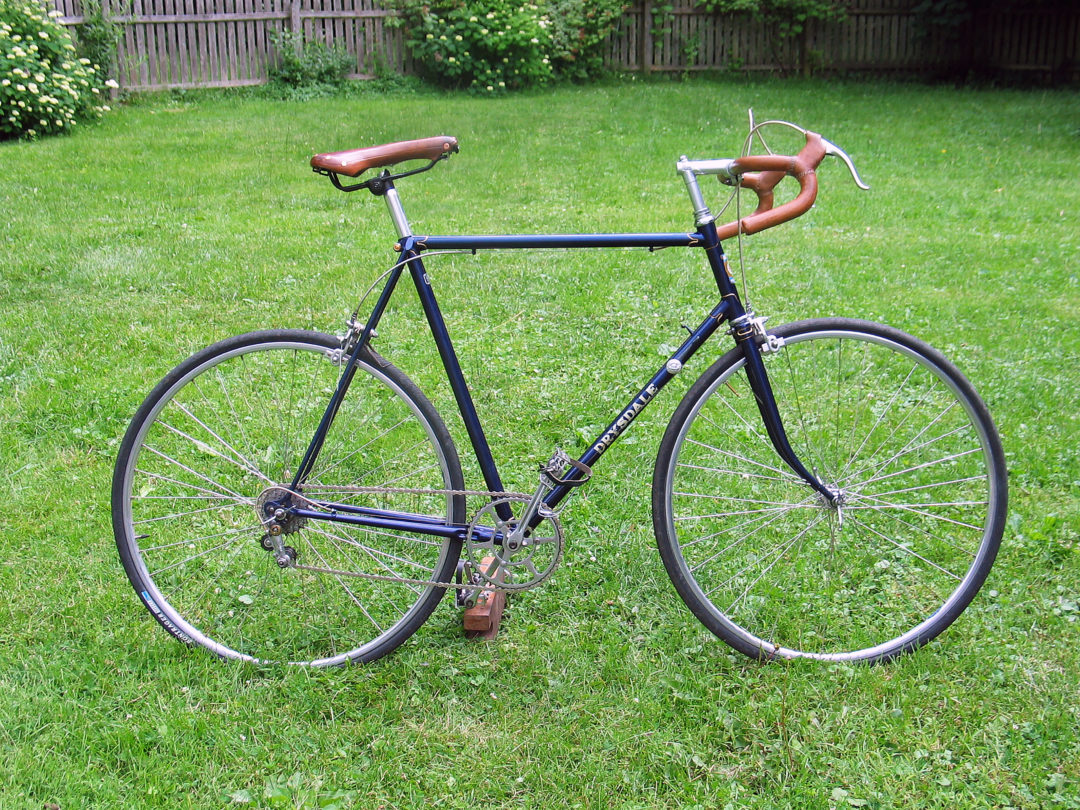
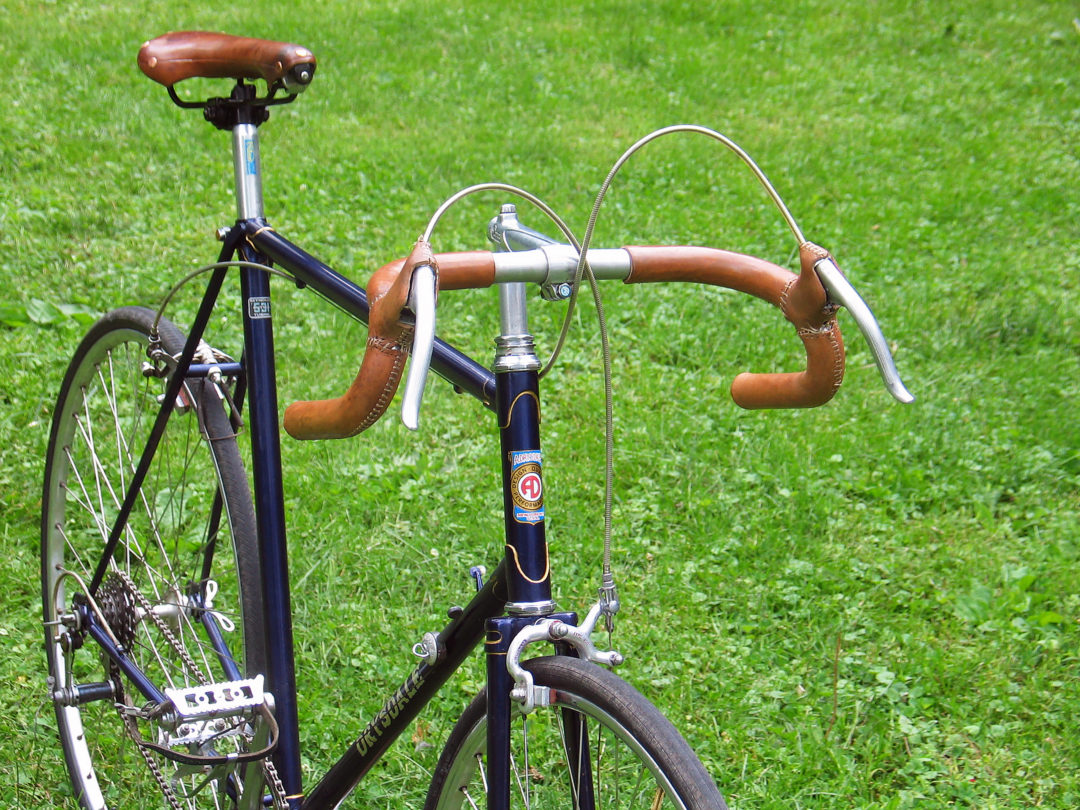
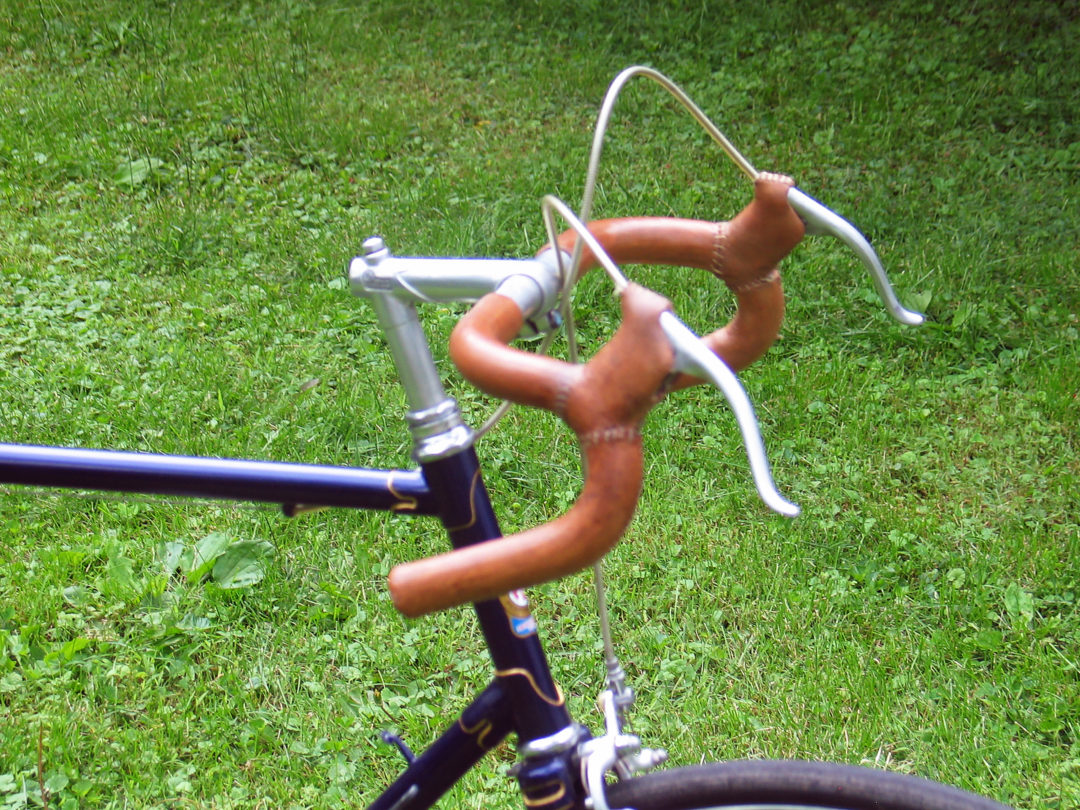
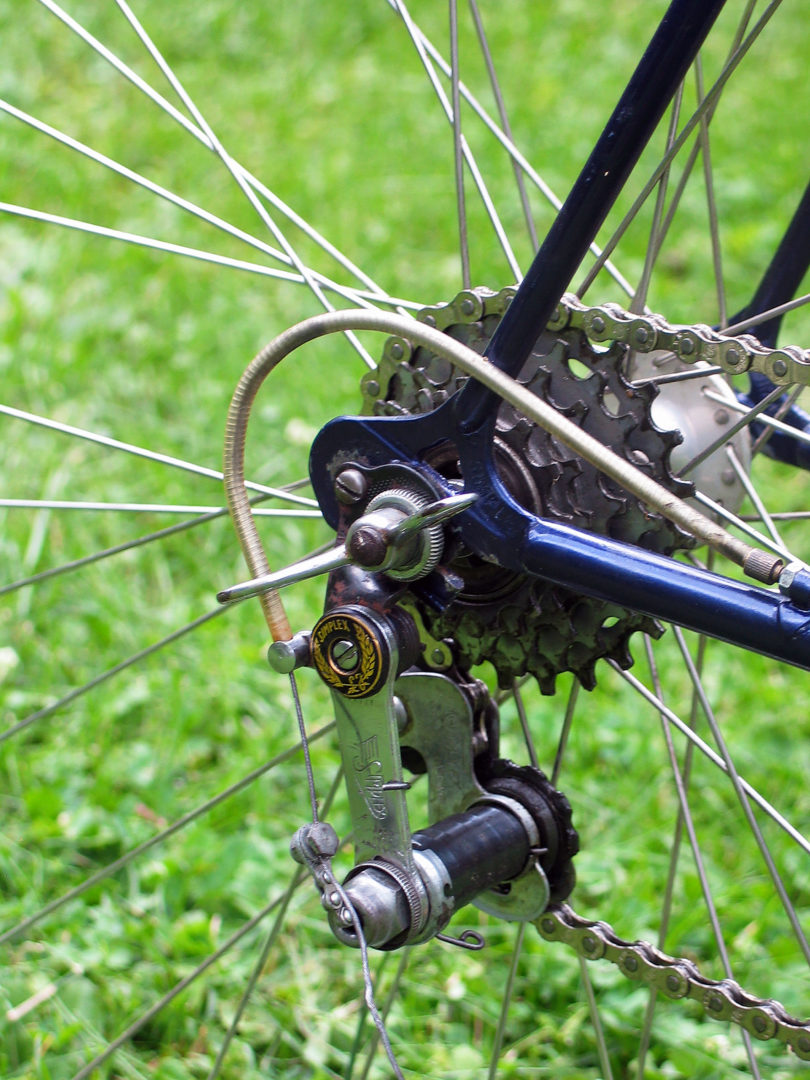
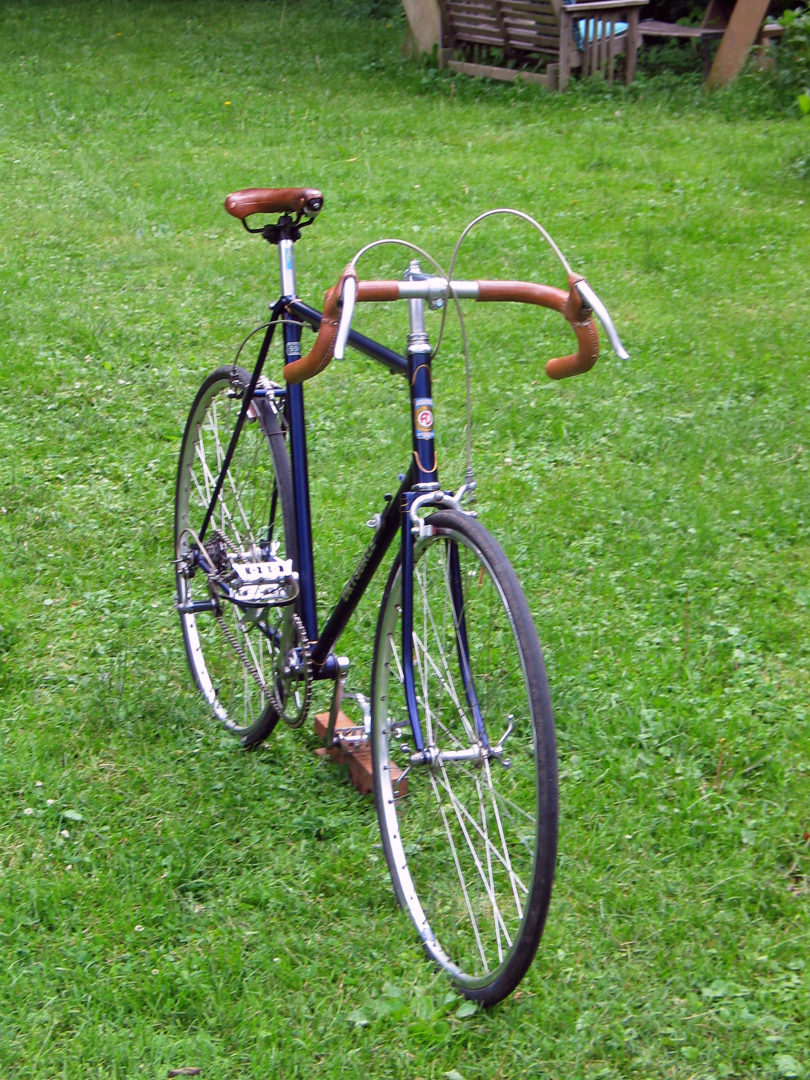
We have only Forester’s image of a tall old man, sick and alone in a shabby factory on a New York backstreet, consigned to obscurity by a world that would, a couple of decades later, come to idolize his bikes. Those bikes, at least, remain and are accorded the reverence that should have gone to the man.
Or maybe not. Drysdale’s life was about the bicycles and the people who rode them, not about Drysdale himself. Let us hope that, in his last few weeks, he subconsciously remembered the thousands of finely-crafted bicycles that had taken form under his capable hands and gone out into the world, onto the tracks and roads and paths he built them for, carrying the riders that he shaped them for.
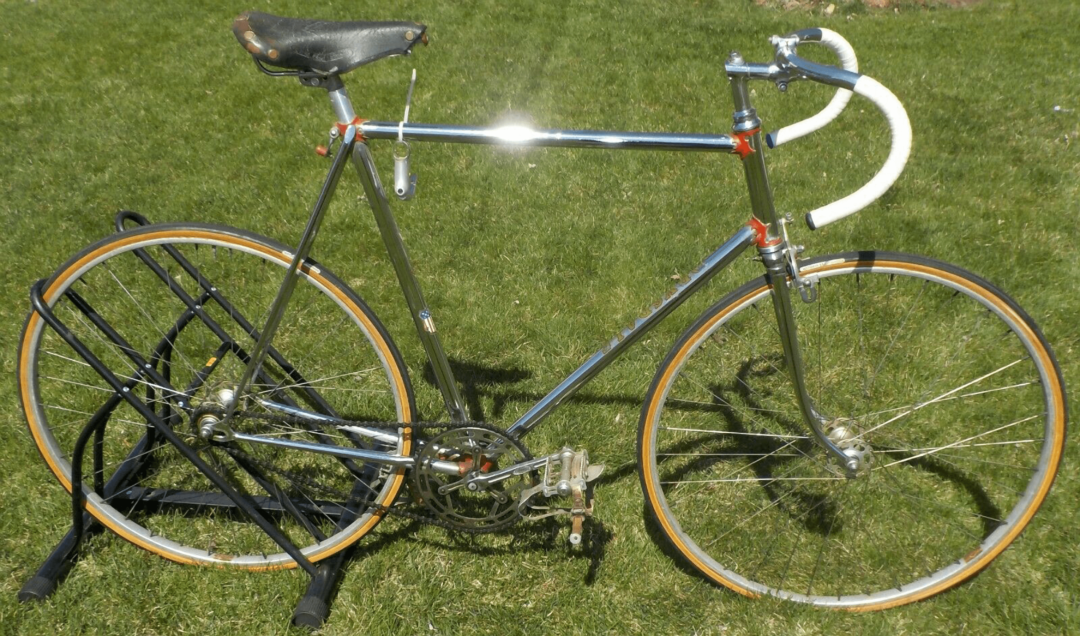
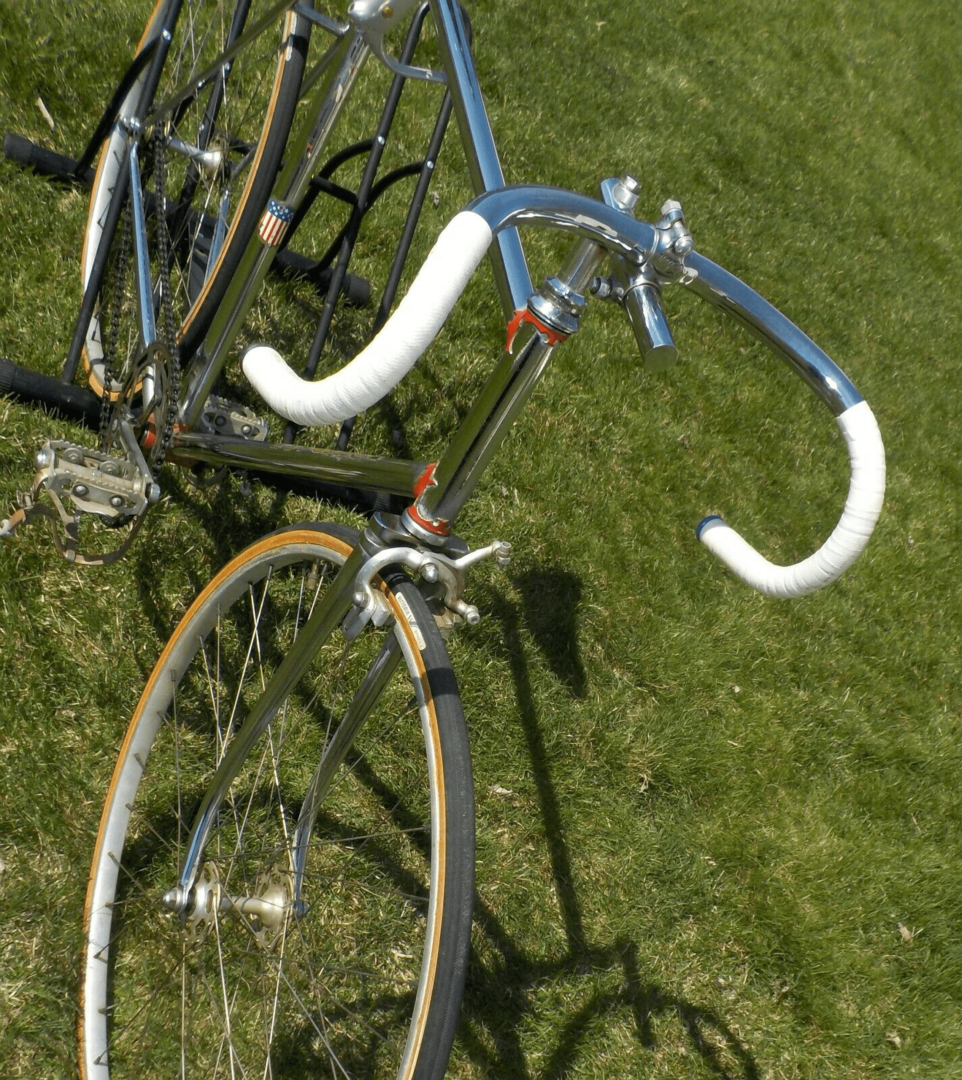
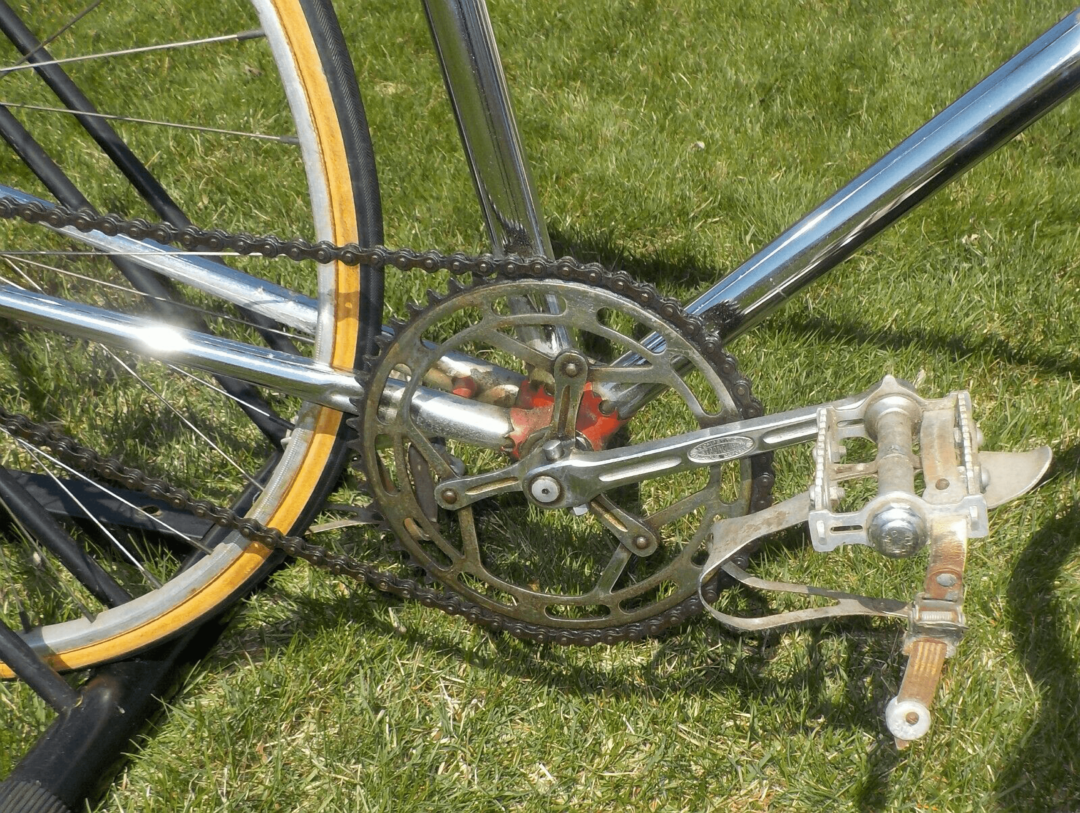
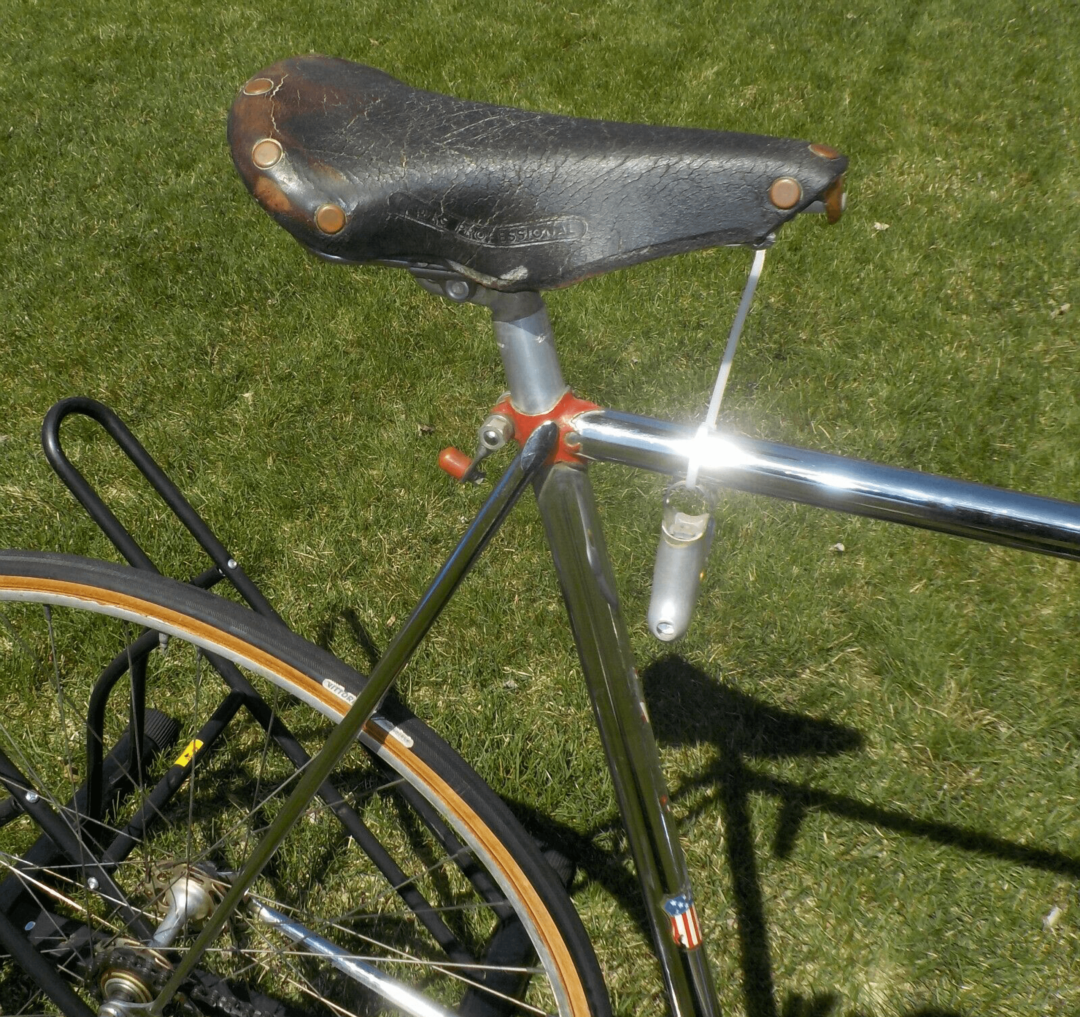
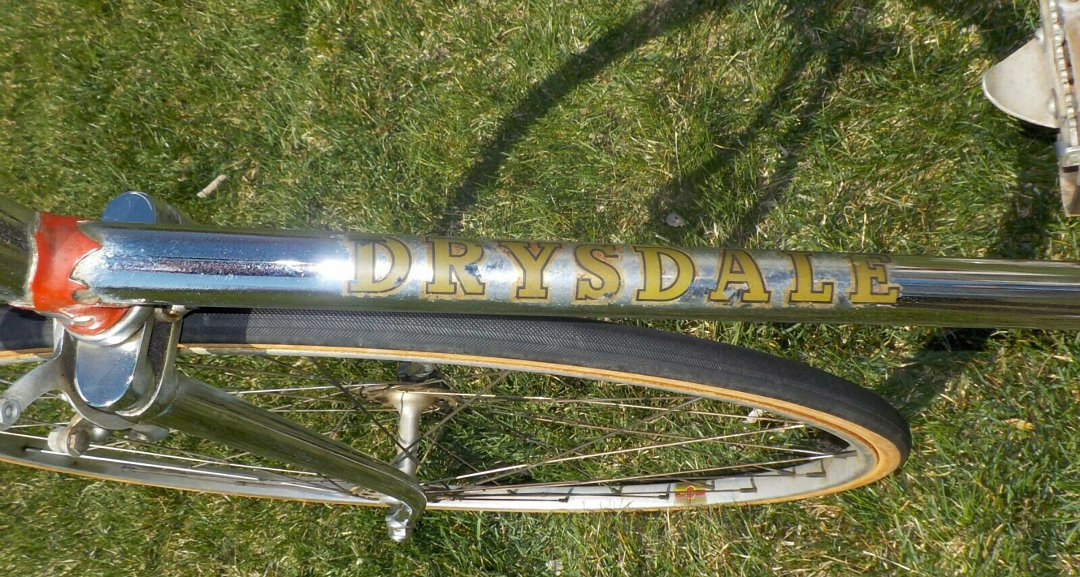
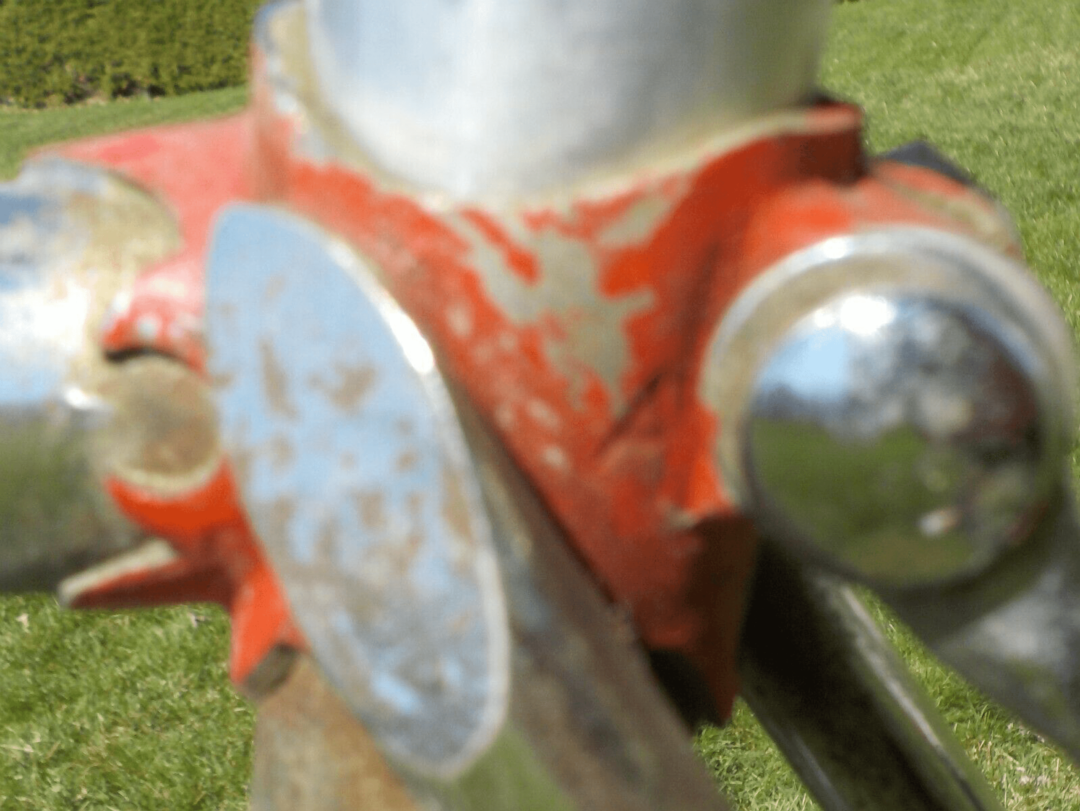
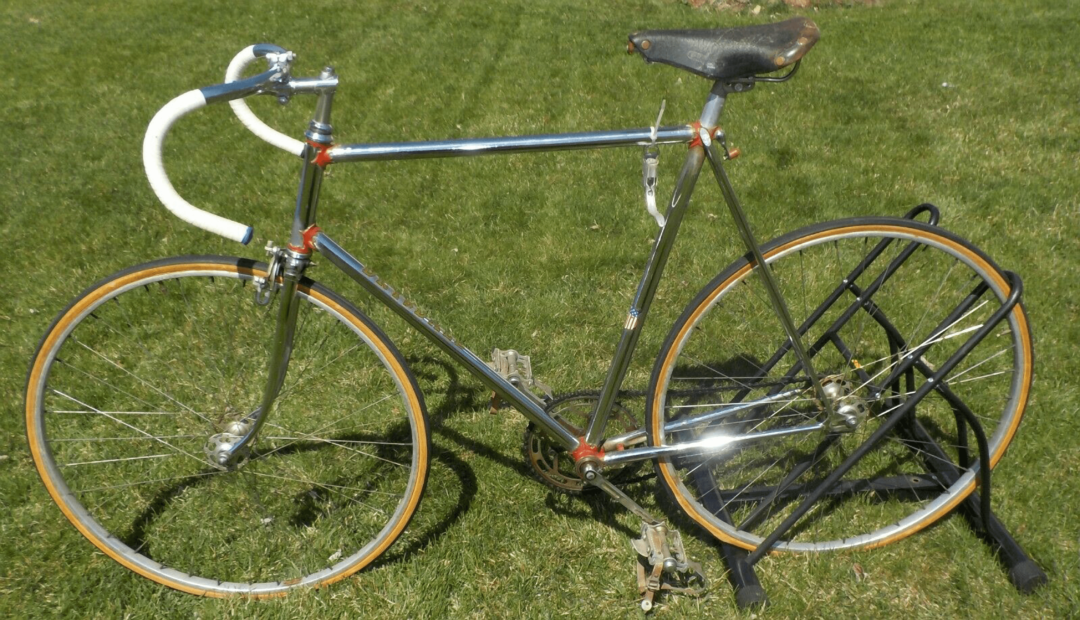
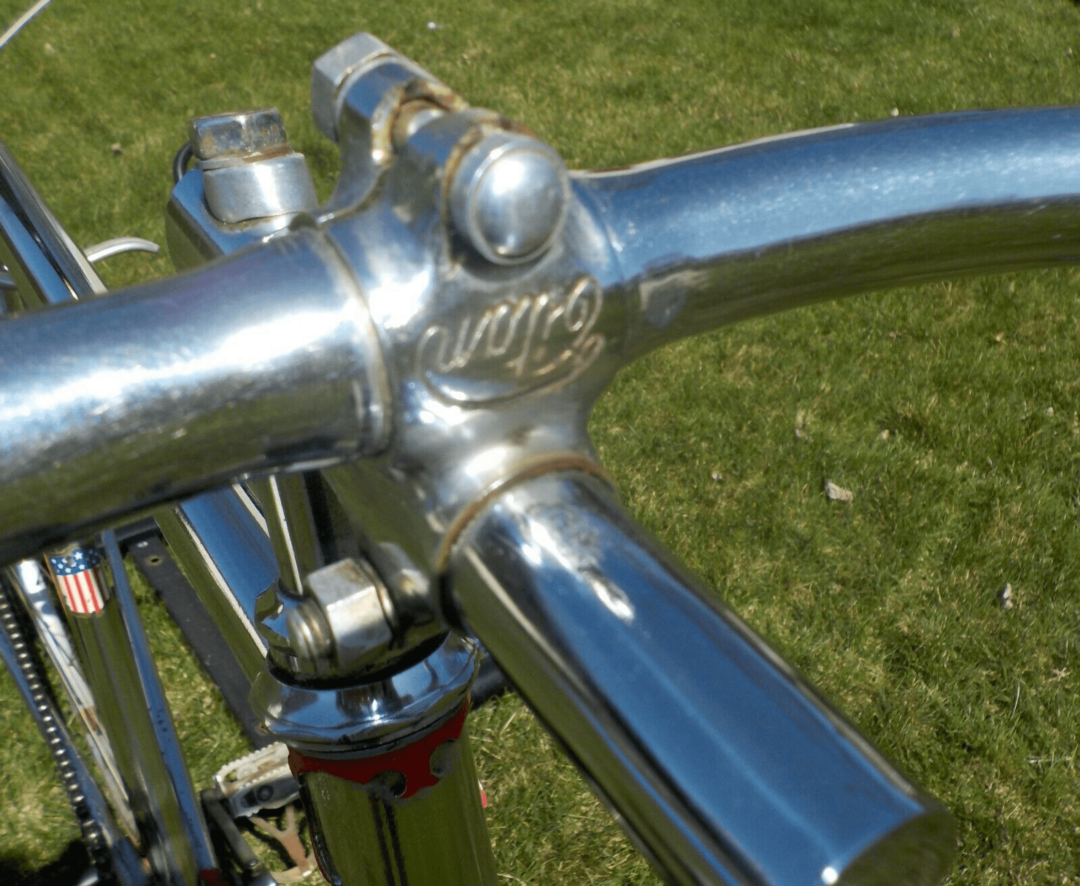
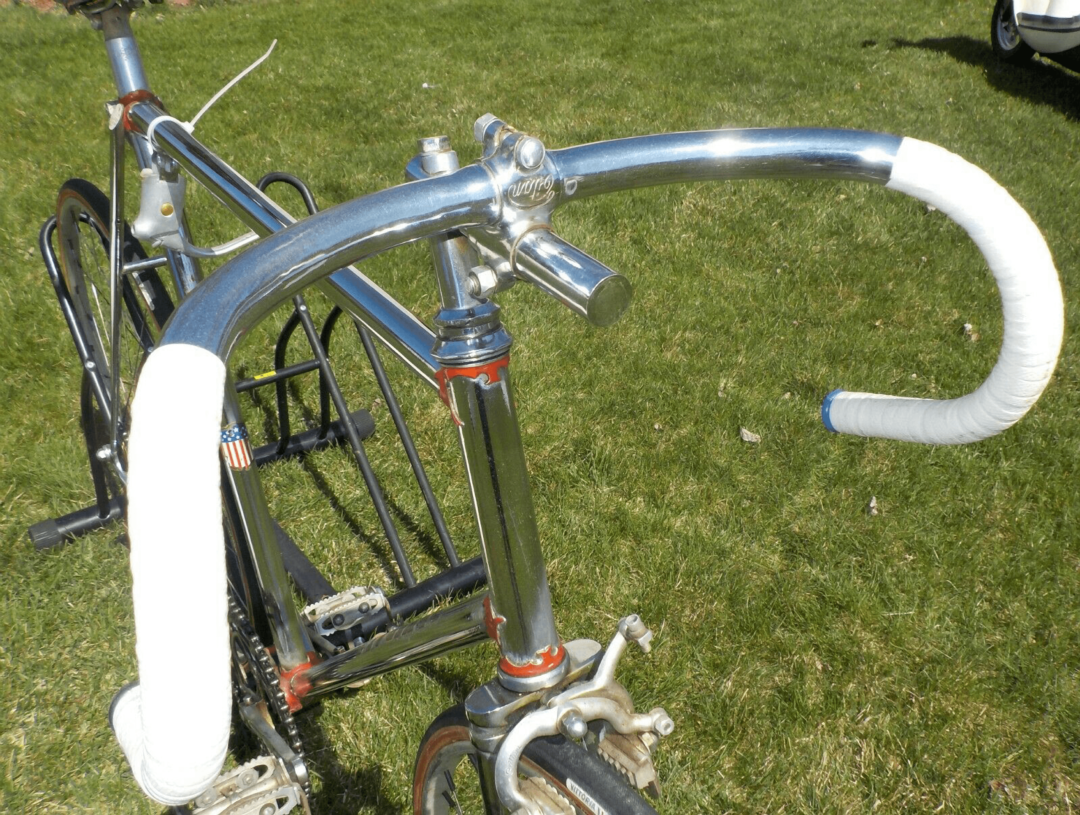
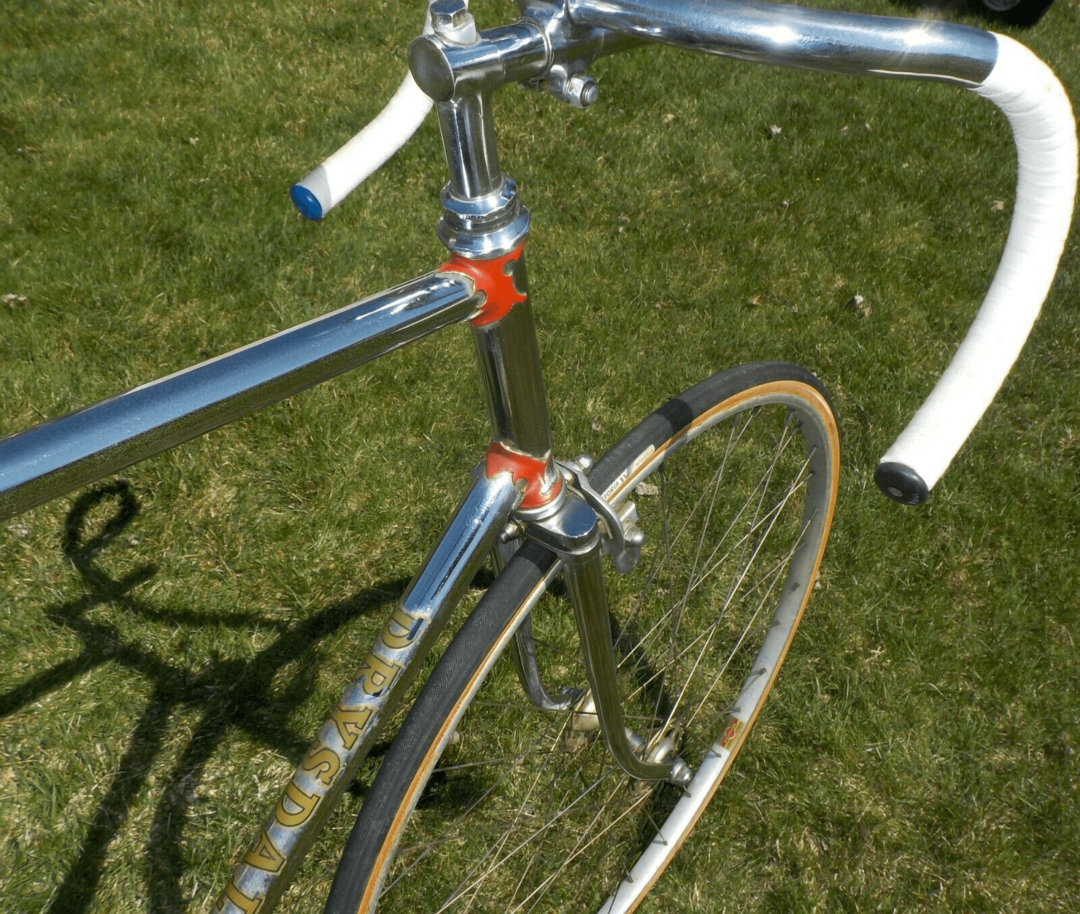
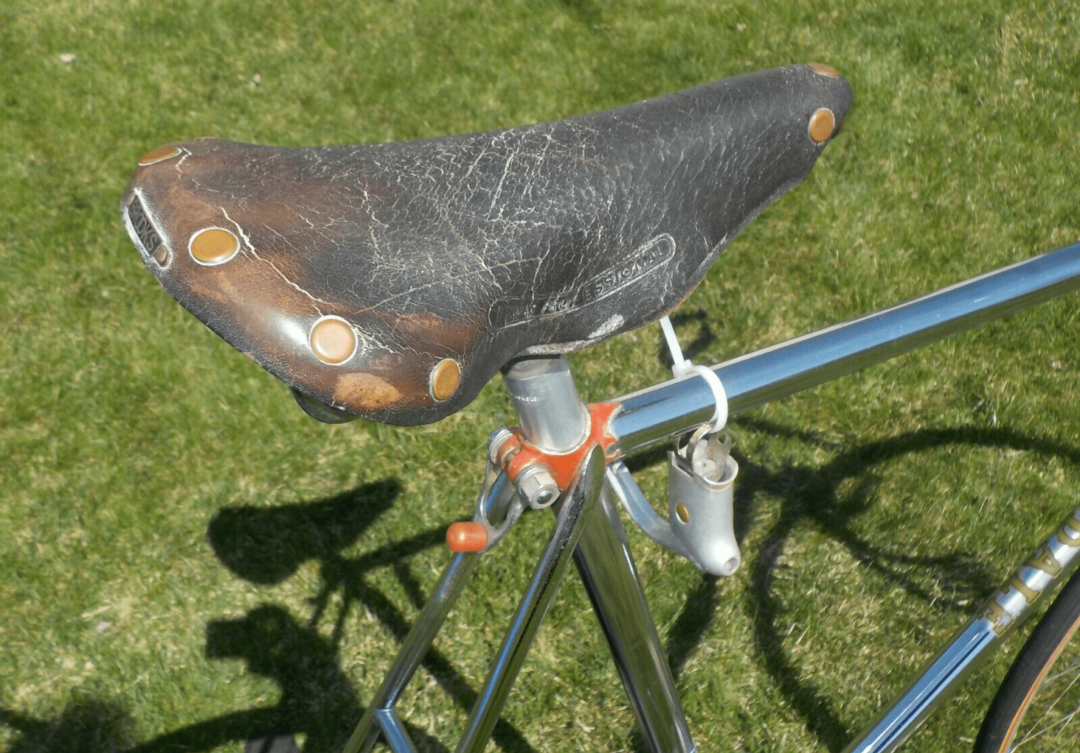
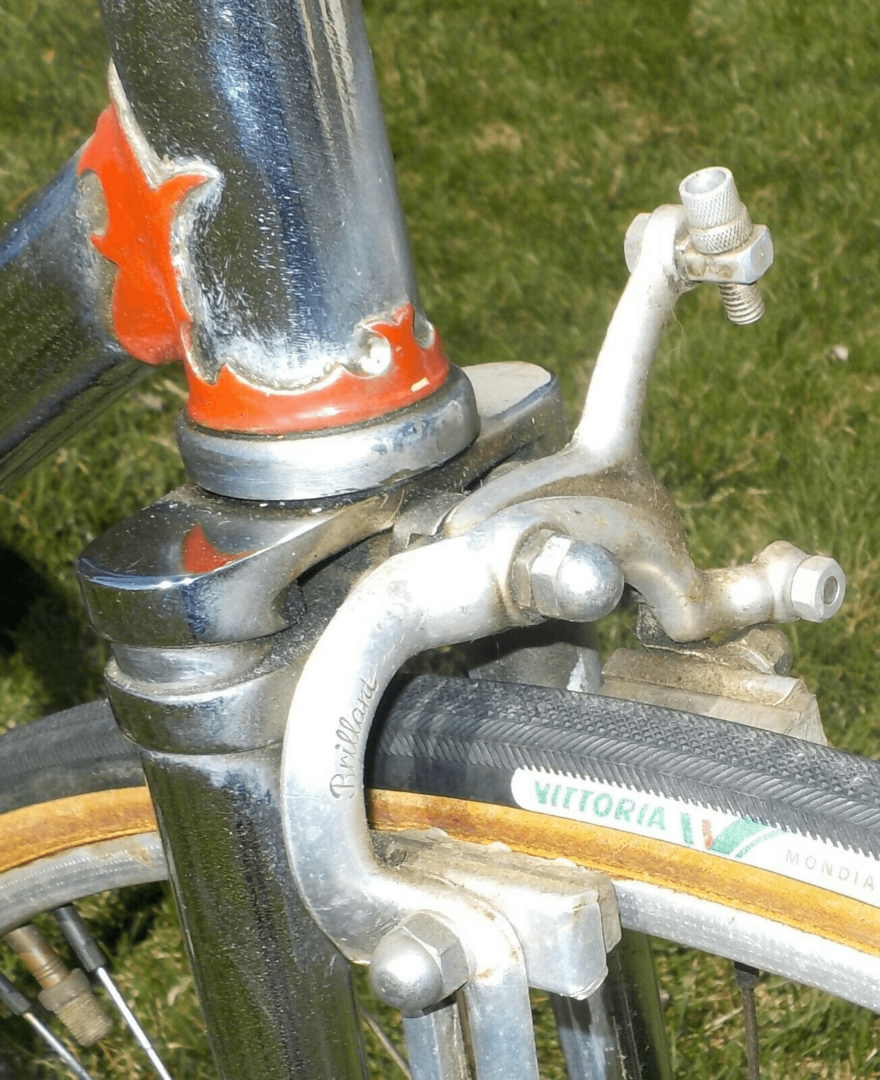
Perhaps Alvin Drysdale really was put in this world simply to help others out of an innate goodness he himself was unaware of. In that sense, Drysdale may well have been one of those legendary thirty-six good souls whose mere existence justifies the sun coming up each and every day.
Special Thanks
Rudi Mayr
Damon Strub of Nomad Cycle in Long Island City, Queens New York
I met Alvin Drysdale when a young child. I raced at Kissena Park on a Drysdale midget racer. My father worked as a bike mechanic at six day races and knew Alvin fairly well. My father owned a Drysdale road and track bike. We visited his Canal Street shop frequently. I recall, however, he had moved to New Jersey when my bike was built (about 1965). Interestingly, when his Canal Street shop closed, we found his sign in the trash. My father took it home and kept it in his bicycle work area, in our apartment, for years. I have enjoyed reading these entries.
Hi I am the proud owner of a Drysdale Special I have owned it since the late 60s. Was wondering what the value of it is? Any suggestions on putting a price on it?
Just to start,my odyssey with Alvin D started in the late fourty’s and culminated with my finding when this site! More to come when time permits
Moses lafountaine.
I recently purchased a Drysdale Velox Ace fixed gear Track bike. It is in original condition with Beautiful wood wheels, smooth track tires that are still soft. A Wright leather saddle.Rat Trap pedals with toe clips. Rear brake that works. Very Light lugged frame. Must be from the ’20’s. has oil spouts for the hubs and the crank, Long adjustable stem for the handle bars. Black in color. Very good to Excellent cond. I would be Interested in selling. Contact me with your best offer. doa1911@tds.net Jim
One other thing. Though i have been digging around in my memory for other tidbits on Drysdale, and found none, I did trip over one other bit still plopping around in my skull.
The aforementioned Eddie Gage used to pose the question, “If you were going to buy an accessory for your bike, what would give you the greatest boost in speed?” His answer was always, “A new set of tires.” Gage was quite old (in his seventies) and still riding with us youngsters so he needed every advantage.
He used exclusively Pie tires (or maybe Pye) which he bought from the widow of the Pie who made them for indoor track racers in the 30’s. I think he said she still made them in her basement in NJ. I have often wondered how someone in a basement turned out 4 ounce tubular tires (I think they were 4 ounce) in a basement. They were all about 1.1″ diameter cross-section and had a bald rubber tread layer. A lot of Drysdale’s track bikes must have had them. Anyone out there know about the Pie operation…….probably another Alvin sort of fellow.
Gage said that the lightest tires Pie made were so delicate that if you had a blow out, they would disappear. They didn’t but we knew what he meant.
I am the proud owner of my Dad’s Drysdale. It is a road bike, in pretty good shape, with Campagnola drivetrain and Weinmann brakes. My father rode a lot in NYC as a young man. He thinks he got this custom made for him sometime in the early 50’s, does not recall how much it was. I’m close to Portland, OR. Would love to see some other ones out here.(I know about that beautiful track bike that was at Sellwood.)
I currently own a 1950’s era persuit bike made by Drysdale. I purchased it for 75 dollars back in 1971 by another bike builder in lower Manhattan by the name of Joe Cotton. After mastering the bike on the city streets of Lower manhattan, I continued to ride the bike for the next 37 years. At the age of 66, I continue to enjoy riding the bike and in fact feel safer on the machine than a road bike. I never drilled the fork to install a front brake and have carefully maintained the machine. It has been rebuilt twice over the years. Back in the early nineties, I sent it to Cycleart for a complete paint job and unfortunately had to give up what was left of the original decal. I know I have a treasure.
Tom (Drysdale) you can reach me on email jgreen@exigentventures.com or in summer at 207 825 3469
Sorry i hadnt checked this site in several months.
Are you a relative of Alvins?
Hi,
I’m delighted to read these anecdotes about Alvin Drysdale. I would be especially pleased to speak directly with Jeff Green, having just arranged to purchase a Drysdale track bike.
Tom Drysdale
As I noted on another site, i had a Drysdale track bike probably made in early ’50s. I occasionally went to Alvin’s shop with it. About 1955. I put a Comp deraileur on it and Alvin hardly grimaced when he saw it. He was a craftsman more than a purist.
He was on the third floor of a dingy building on the north side of Canal St. in Manhattan. Couple of light bulbs, a coal hearth, bikes everywhere. And an assistant.
By that time i dont think he was making many bikes, mostly road racing types. But he was making a number of unicycles for circus performers.
He laid out frames on paper patterns and then brazed them together. No jigs, i think. Then to get them aligned, he clamped them in a vise and twisted them true.
We all had heard that you could ask him for anything and he would make it but if he disagreed with something, say the angle of the fork, he would get even by leaving some crude sign in perhaps an ill fitting lug somewhere.
He was amiable enough considering i was an annoying newly minted teenager.
The second floor of the building housed Standard Japaning, a paint shop that painted drysdales frames and painted other stuff on a contract basis. They had several more electric lights than Alvin did.
Everyone knew of him and had known him for years. A particularly charming guy was Eddie Gage who had been a telegrapher and a 6 day racer and was then about 75 or maybe 175. Gage was convinced that if he, not General Sarnof, had been on duty the night the Titanic sank, he, not Sarnof, would have been the head of RCA. Gage was the biggest supporter of the story that Alvin got his way on head angles or you got a poorly finished lug in recompense.
I had a Drysdale track bike.
Used to visit his factory on Canal St in Manhattan in ’55 time frame. Some funny things:
1. By then he was making unicycles for the circus.
2. He laid his bike frames on a paper template. Brazed everything in a coal hearth. After brazing he would put frame in a vice and twist it until it was straight.
3. He would make whatever you wanted but if he thought it to be a dumb idea, he would put some imperfection in somewhere as a protest……at least that was our belief.
4. His shop was on third floor, one floor above Standard Japaning which did painting of bikes, and other things.
5. I would guess at that time he was in his late ’60s. He had an assistant and a couple of light bulbs.
6. Seemed like an amiable man. Had tolerance for a 15 year old. Not a lot of tolerance, but enough.
7. In those days a custom bike was around $160.
8. Those sliding goose necks with his name on them were great except in the extended position it made me ride erratically. Eddie Gage finally made me take it off and was satisfied then that i could be trusted to ride a straight line. Gage was an old telegrapher and ex 6 day rider. He was convinced that if he, not Sarnof had been on duty the night the Titanic sank, he, not Sarnof would have gotten the SOS message and he, not Sarnof would have been head of RCA instead of an ancient bachelor living alone in downtown manhattan.
I’ve been researching Drysdale, as My Dad, recently deceased, owned at least 2 Drysdales. I still have his Drysdale Special, which was made-to-measure for him in the late 1940s. In 1964, Drysdale built my Dad a 2nd frame (later sold), and my Dad saved 2 letters Drysdale wrote to him at that time. By 1964, Drysdale was out of NYC and in Bradley Beach NJ, and apologized for the late delivery of the frame due to his wife having suffered a stroke.
As is well-documented, the 1950s and 60s were the dark ages for US Cycling. but Drysdale continued building frames.
Nels, are you still checking this? I have some parts I which may be right for you and would be willing to part with at reasonable prices for a family restoration. You can email me directly nteodori – – – (at) – – – gmail – – – (dot) – – – com
I have an Alvin Drysdale racing frame used in 6-Day Madisons by my great uncle, Al Hatos. While I am not sure of the exact age, it has writing on it that commenorates his NJ state championships in the late 1920s. Being somewhat of an ornery type, Uncle Al, kept it and used it as one of his regular rides all the way into the 1970s. Al went to Florida in his retirement years in the 1980s and I lost track of him having lived in Seattle since the mid 1980s. To make a long story short, when he passed in the mid 1990s, his sister–by now a couple cards less than a full deck herself–did not contact me, but rather gave all of my uncles bicycling belongings to a shop in NJ, called Kopps Cycles. While I know that the original owner had a great reputation, apparently whoever ran it in the 1990s told my aunt that my uncles biking equipment/trophies/photographs would all be “put in a museum”. When I eventually tracked down Kopps Cycles and asked what became of my family heirlooms, I was told that they never went to any museum but rather everything had been picked through, my Uncles frame had been stripped of all its parts, but I could have it back for a mere $275, (such a deal). Well I figured thats just the way they do business over there and so I paid them the money to get my Uncles frame back. While I do have photos of my Uncle with the bike to work from, its been slow going getting this thing restored. Any news on a reasonable parts stash from pre-1950s era would be much appreciated–just don’t send me back to Kopps.
I finally talked my father out of the track bike he raced on in the 1940’s. After some research, I discovered it is a Drysdale (the only indication of which is the Red Devil logo on the frame). The bike has always been precious to me, not only for the fact my dad raced on it, but for the fine craftmanship and unusual (delightful) ride.
I’m happy to say, I’m driving it to Cyclart in Vista California tomorrow for a full restoration. I’m also happy to have found this website – I never knew what the heck a Red Devil was….can’t wait to show my dad when it’s done.
My father had a 10-speed touring cycle built by Mr. Drysdale in 1960. It featured “Guaranteed Reynolds buttes, tubes, forks, and stays”, both Simplex and Campagnolo components, Mafac brakes, a leather Ideale seat. It was a lovely bike and my father was very proud of it, covering many miles of roads in Rockland and Orange Counties in NY. Sadly, comfortable touring became next to impossible in the 80’s and 90’s as local roads became increasingly choked with traffic. He gave the bike to me in ’93 but unfortunately the roads in my rural state, while relatively free from traffic, are in such a state of bad repair that riding a lightweight bike is tortuous on the rider and hard on the bike itself. If anyone would be interested in owning this vintage Drysdale please contact me. It is dusty and will need some minor work but I think it would be a great acquisition for a collector or just someone who loves great bikes.
I rode a Drysdale Special back in the Fifties and into the early Sixties — cannot recall exactly. But I do remember Drysdale’s walkup factory, which I believe was on Canal Street in Downtown Manhattan, not far from Chinatown. It was a dark and dreary place with tubing stacked on shelves, much like boards in a lumber yard, with frames in progress hanging here and there. I recall a fire pit of some kind where he did his brazing. These are hazy memories I’m only dredging up having Googled Drysdale bicycles on a whim. Delighted to see that your site exists. Good luck with it.